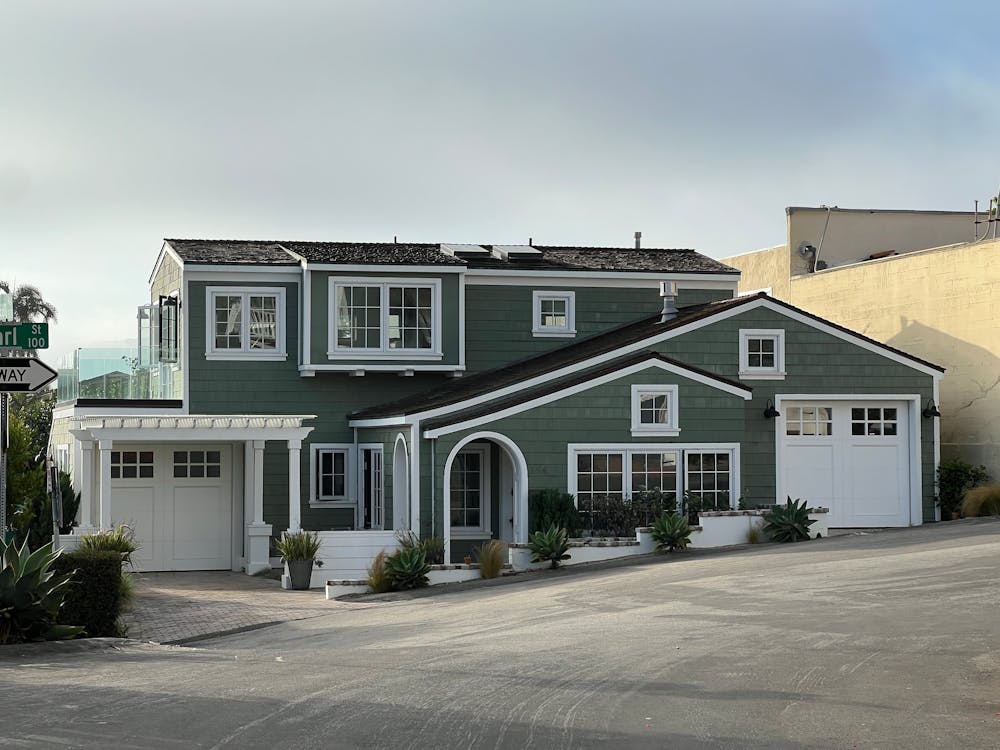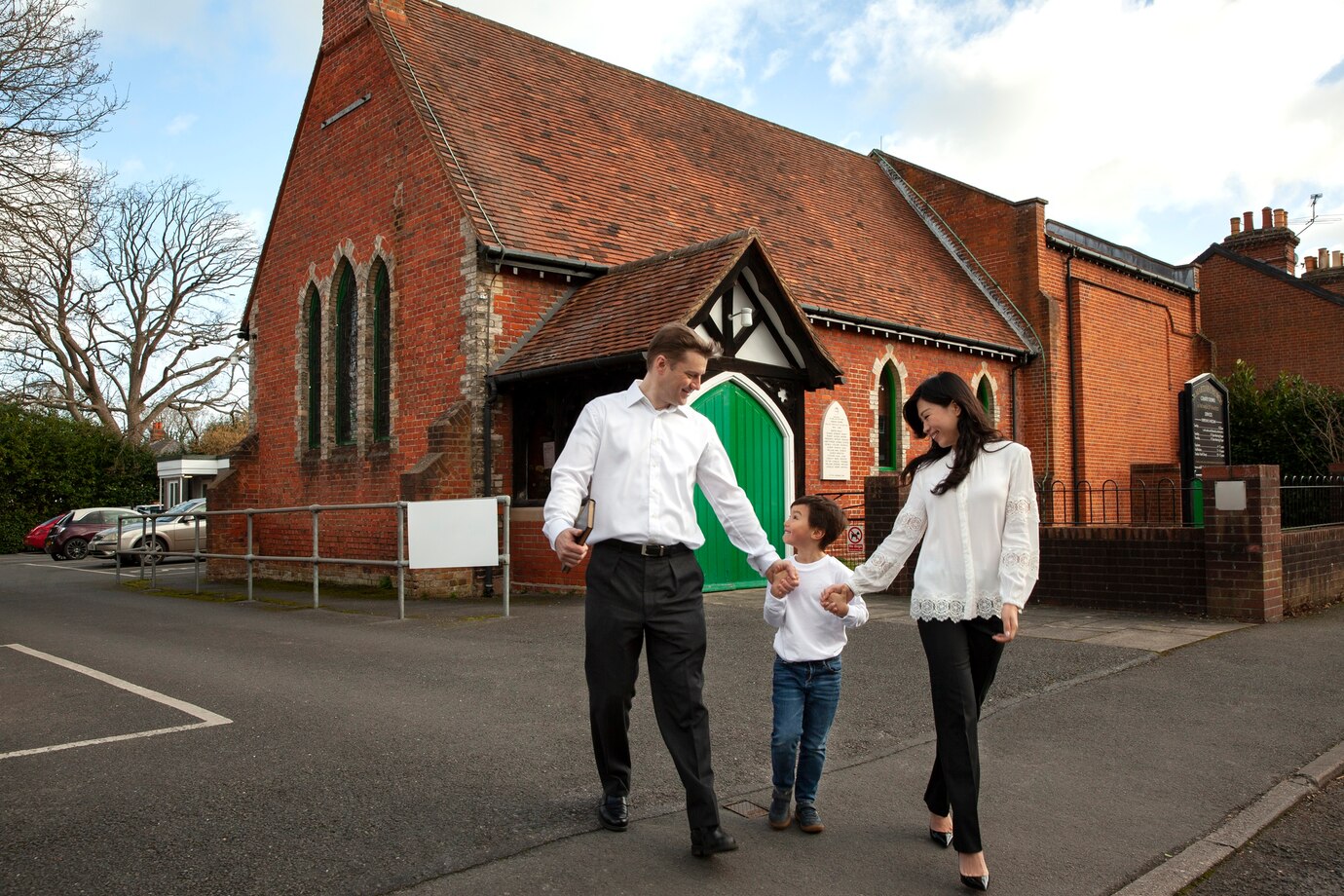
Key takeaways
- Second home mortgages are available for properties used as vacation homes or part-time residences
- Down payments are typically 10-20% for second homes
- Interest rates are usually slightly higher than primary residence mortgages
- Lenders have stricter requirements for income, credit scores, and debt-to-income ratios
- Alternative financing options include home equity loans, HELOCs, and cash-out refinances
- Winnipeg residents can use second homes for lake cottages or winter getaways
Second home mortgages allow you to finance the purchase of a vacation property or part-time residence. These loans have some key differences compared to primary home mortgages, including higher down payments and interest rates. Let’s look at the options available for Winnipeg residents looking to buy a second home.
What is a second home mortgage?
A second home mortgage is a loan used to purchase a property that isn’t your primary residence. For many Winnipeg families, this might mean financing a lakeside cottage in Gimli or a winter getaway in Phoenix. These mortgages are designed for properties you’ll use yourself part of the year, not full-time rental properties.
Second home mortgages have some important differences from primary residence loans:
- Down payments are usually 10-20%, compared to as low as 5% for primary homes
- Interest rates tend to be 0.5-1% higher
- Lenders have stricter requirements for credit scores, income, and debt ratios
- You can only have one second home mortgage at a time
The higher standards reflect the increased risk for lenders, since borrowers are more likely to default on a second home if finances get tight.
Qualifying for a second home mortgage

Getting approved for a second home loan is more challenging than a primary residence mortgage. Lenders want to make sure you can comfortably afford both properties. Here are the key requirements:
Credit score
Most lenders look for a credit score of at least 680 for second home mortgages. Some may require 700 or higher. This is notably higher than the 620 minimum for many primary home loans.
Down payment
Expect to put down at least 10% on a second home, with many lenders requiring 20% or more. The days of 5% down payments on vacation properties are long gone.
Debt-to-income ratio
Lenders typically cap your total monthly debt payments (including both mortgages) at 43% of your income. Some may go up to 45% for highly qualified borrowers.
Cash reserves
You’ll need to show you have enough savings to cover several months of payments on both properties. Most lenders want to see at least 2-6 months of reserves.
Income requirements
There’s no set income threshold, but you’ll need to show you can comfortably afford payments on both homes. A good rule of thumb is that your total housing costs shouldn’t exceed 28% of your gross income.
Types of second home mortgages
The most common options for financing a second home are:
Conventional loans
These are standard mortgages not backed by the government. They offer competitive rates and flexible terms. Most second home buyers use conventional loans.
Jumbo loans
For higher-priced properties above conventional loan limits (currently $726,200 in most areas). These have stricter requirements but allow you to borrow more.
Adjustable-rate mortgages (ARMs)
These start with a low fixed rate for 5-10 years, then adjust annually. They can be a good option if you plan to sell or refinance within a few years.
Bank statement loans
For self-employed borrowers or those with irregular income. These use bank deposits to verify income instead of tax returns.
Costs of second home mortgages
Financing a second home is typically more expensive than a primary residence. Here are the key costs to budget for:
Interest rates
Expect rates about 0.5-1% higher than you’d get on a primary home mortgage. For example, if primary home rates are around 6%, second home rates might be 6.5-7%.
Down payment
Budget for at least 10-20% down. On a $300,000 cottage, that’s $30,000-$60,000 upfront.
Closing costs
These run 2-5% of the loan amount. On a $240,000 mortgage, that’s $4,800-$12,000 in fees.
Property taxes
Vacation areas often have higher tax rates than primary residences. Research local rates carefully.
Insurance
You’ll need a separate homeowners policy for your second home. Rates are often higher for vacation properties.
Maintenance
Budget at least 1-2% of the home’s value annually for upkeep and repairs.
Alternative financing options

If you don’t qualify for a traditional second home mortgage, consider these alternatives:
Home equity loan
Borrow against the equity in your primary home. Rates are often lower than second home mortgages.
Home equity line of credit (HELOC)
A flexible credit line secured by your primary home. Good for properties needing renovations.
Cash-out refinance
Refinance your primary home for more than you owe and use the extra cash for the second home purchase.
Private lender
Some local lenders offer more flexible terms for vacation properties, especially in popular cottage areas.
Tips for Winnipeg buyers
If you’re a Winnipeg resident looking at second homes, keep these local factors in mind:
- Lake Winnipeg cottages are popular but prices have risen sharply in recent years
- Winter vacation homes in warmer U.S. states can be a good option, but factor in exchange rates and cross-border tax issues
- Some lenders offer special programs for Manitoba cottage purchases
- Consider renting out your property part-time to offset costs (but check zoning laws first)
- Factor in travel costs to and from your second home when budgeting
Pros and cons of second home mortgages
| Pros | Cons |
|---|---|
| Build equity in a vacation property | Higher interest rates |
| Potential rental income | Stricter qualification requirements |
| Tax deductions on mortgage interest | Higher down payment needed |
| Diversify your real estate holdings | Ongoing maintenance costs |
| Create a future retirement home | Potential for property to sit unused |
Steps to get a second home mortgage
- Check your credit and finances
- Save for a larger down payment
- Research property locations and prices
- Get pre-approved by multiple lenders
- Find a real estate agent familiar with second homes
- Make an offer and complete inspections
- Finalize your mortgage application
- Close on your new vacation property
Common questions about second home mortgages
Can I use rental income to qualify?
Some lenders will consider potential rental income, but usually only if you have prior landlord experience. Don’t count on it for qualification.
How long do I need to own my primary home first?
Most lenders want to see at least 12 months of on-time payments on your primary mortgage before approving a second home loan.
Can I convert a second home to a rental property later?
Yes, but inform your lender first. You may need to refinance into an investment property loan with different terms.
Are interest rates fixed or variable?
Both options are available. Fixed rates offer predictable payments, while adjustable rates start lower but can increase over time.
How does a second home affect my taxes?
You can deduct mortgage interest on loans up to $750,000 combined for your primary and second homes. Property taxes are also usually deductible.
Choosing the right second home mortgage

Picking the best loan for your vacation property depends on your financial situation and long-term plans. Consider these factors:
How long you’ll keep the property
If you plan to sell within a few years, an ARM might offer lower initial rates. For a long-term hold, a fixed-rate loan provides stability.
Your comfort with risk
ARMs offer lower starting rates but can increase significantly. Fixed rates cost more upfront but protect against future rate hikes.
Your other debts and assets
If you have significant home equity or other assets, you might qualify for better rates or terms.
The property’s location
Some lenders offer special programs for popular vacation areas. Local credit unions often have competitive rates on nearby properties.
Potential rental income
If you plan to rent out the property part-time, some lenders will consider that income in your application.
Working with a mortgage broker
A mortgage broker can be especially helpful when seeking a second home loan. They can:
- Compare offers from multiple lenders
- Find specialized programs for vacation properties
- Help you understand complex qualification requirements
- Advise on the best loan structure for your situation
- Guide you through the application process
Many Winnipeg mortgage brokers have experience with cottage purchases and U.S. vacation homes, which can be invaluable.
Preparing your finances
To improve your chances of approval and get the best rates:
- Pay down other debts to improve your debt-to-income ratio
- Save aggressively for a larger down payment
- Check your credit report and address any issues
- Gather documentation on all income sources
- Research property taxes and insurance costs in your target area
- Consider setting aside extra cash reserves
The bottom line
Second-home mortgages allow Winnipeg residents to finance vacation properties or part-time residences. While requirements are stricter than primary home loans, many options are available for qualified buyers. Careful planning and working with experienced professionals can help you find the right financing for your dream getaway. For more information, visit our website or contact us!